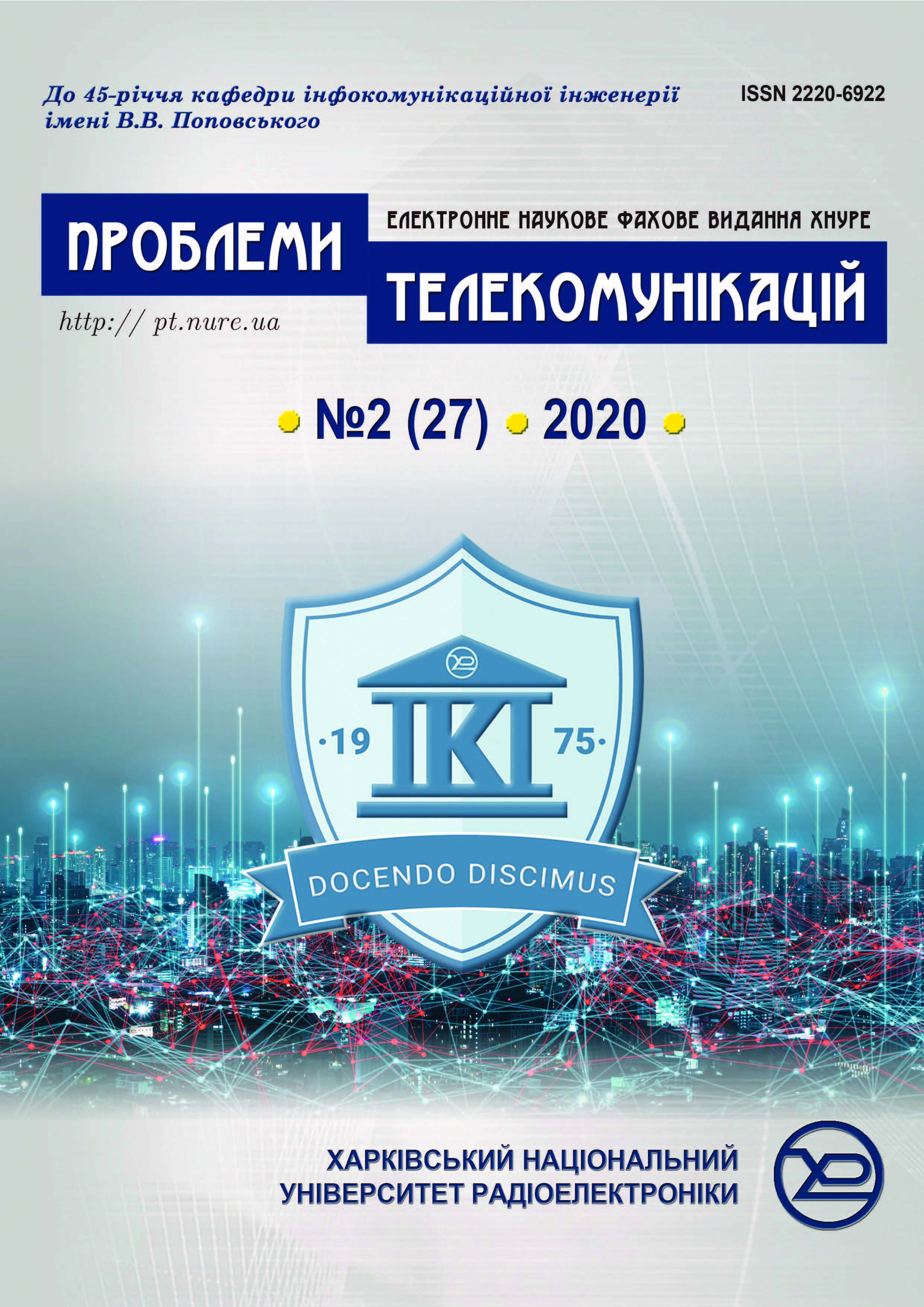Improving the Fault Tolerance of Elements of Modern Infocommunication Networks with the Use of Default Gateway Redundancy Protocols
DOI:
https://doi.org/10.30837/pt.2020.2.06Abstract
The article is devoted to the Network Layer means to ensure resilience during designing an infocommunication system that can counteract faults and failures. A review of the default gateway redundancy protocols concept and analysis of recent developments to overcome fault tolerance challenges in the Software-Defined Networks (SDN) control plane are conducted. In addition, an approach to the use of default gateway redundancy protocols in the existing Software-Defined Network architecture is proposed. Therefore, within the approach, the redundancy of the virtual controller is organized based on the current protocol implemented in traditional IP networks, and the SDN switch interacts with the virtual controller. This mechanism aims to reduce the amount of circulating overhead (control traffic), and the backup controller’s organization increases the control plane’s reliability. Whereas in hybrid and hierarchical SDN networks with border routers, the GLBP mechanism can be applied, which increases the reliability of the controller connected to the data plane. In addition, there are several scenarios where the controller that manages the operation of the SDN data plane may have multiple backup controllers to switch in case of failure, or a controller pool is used to manage each network that makes up the SDN data plane. It also highlights promising future areas for research and development to improve Software-Defined Network resilience, which contributes to the emergence of new solutions. Thus, future research directions are seen in proposing mathematical flow-based models of fault-tolerant interaction of the control plane and the data plane based on redundancy. At the same time, setting the problem in an optimization form with the implementation of load balancing will help to use available network resources effectively.
Downloads
Published
Issue
Section
License
Copyright (c) 2021 Yeremenko Oleksandra, Mersni Amal

This work is licensed under a Creative Commons Attribution-NonCommercial-ShareAlike 4.0 International License.
Authors who publish with this journal agree to the following terms:- Authors retain copyright and grant the journal right of first publication with the work simultaneously licensed under a Creative Commons Attribution License that allows others to share the work with an acknowledgment of the work's authorship and initial publication in this journal.
- Authors are able to enter into separate, additional contractual arrangements for the non-exclusive distribution of the journal's published version of the work (e.g., post it to an institutional repository or publish it in a book), with an acknowledgment of its initial publication in this journal.
- Authors are permitted and encouraged to post their work online (e.g., in institutional repositories or on their website) prior to and during the submission process, as it can lead to productive exchanges, as well as earlier and greater citation of published work (See The Effect of Open Access).

